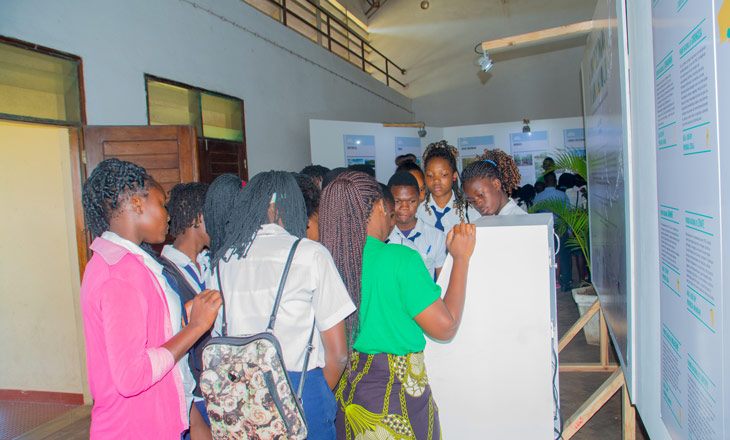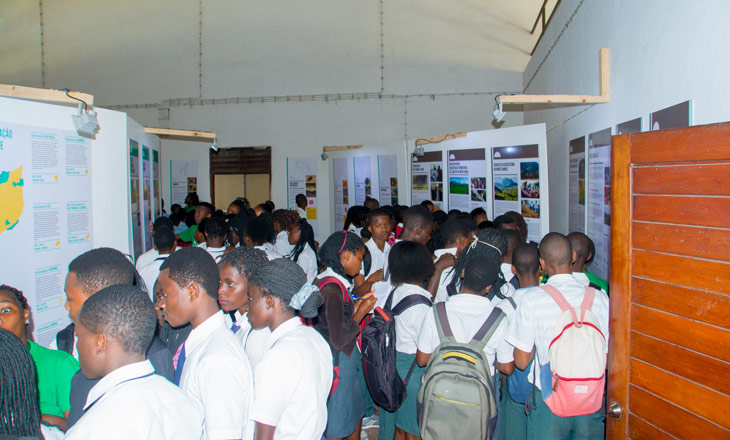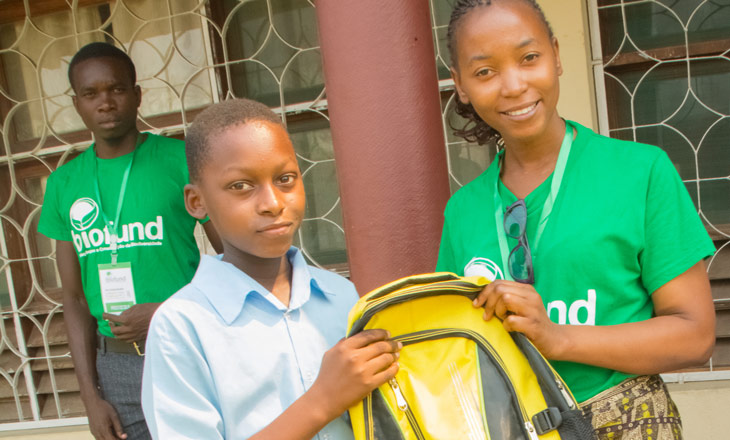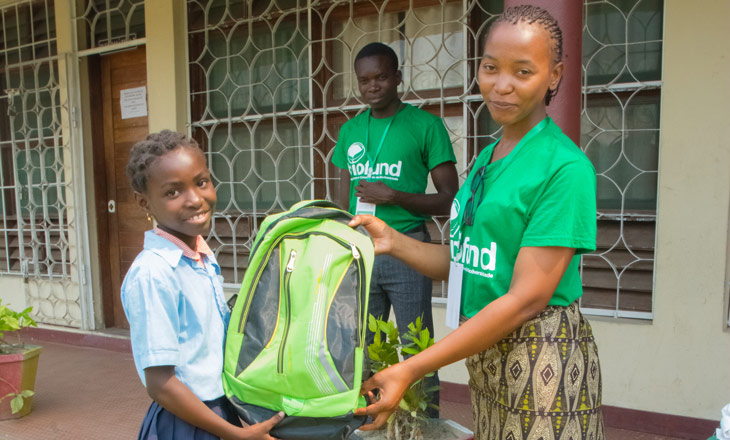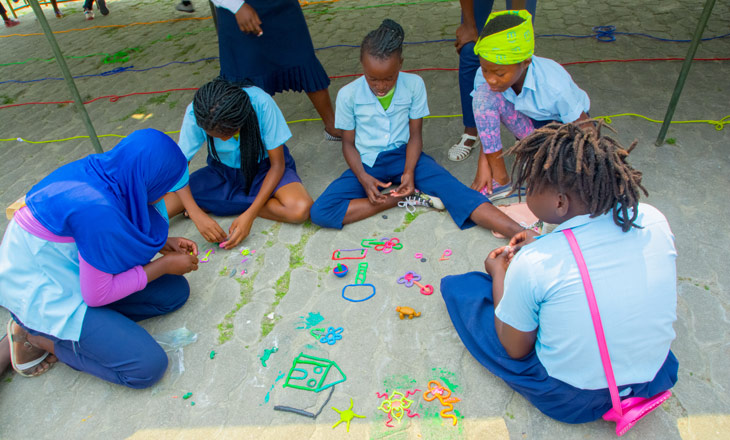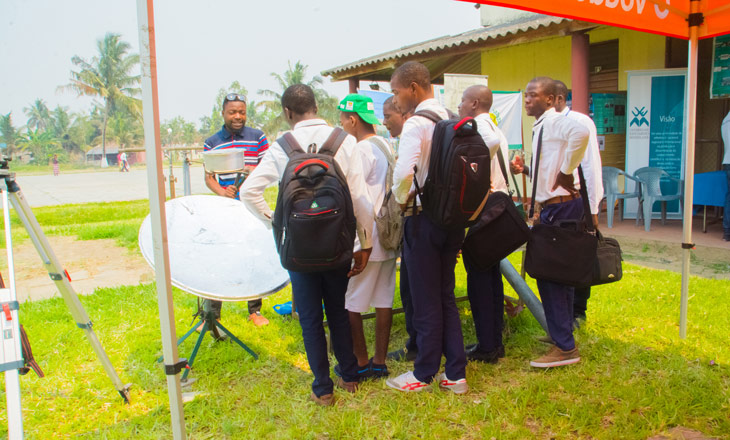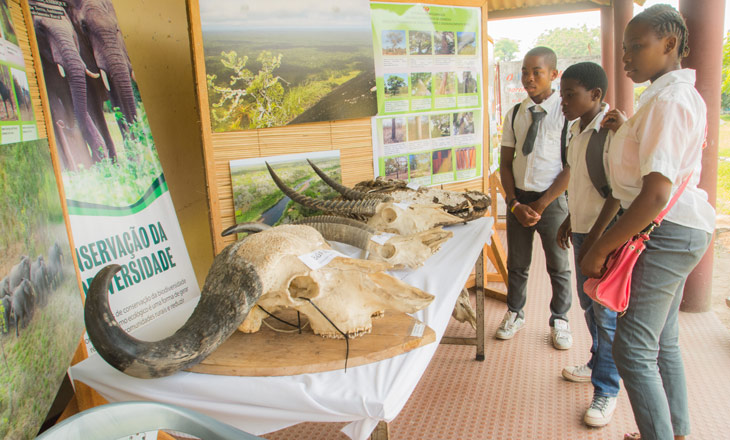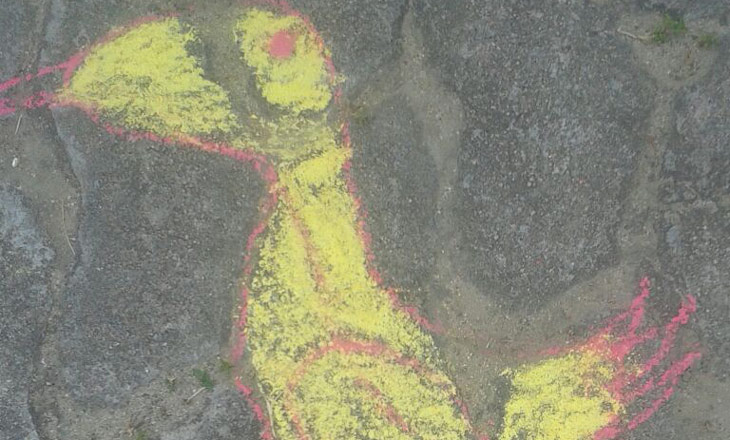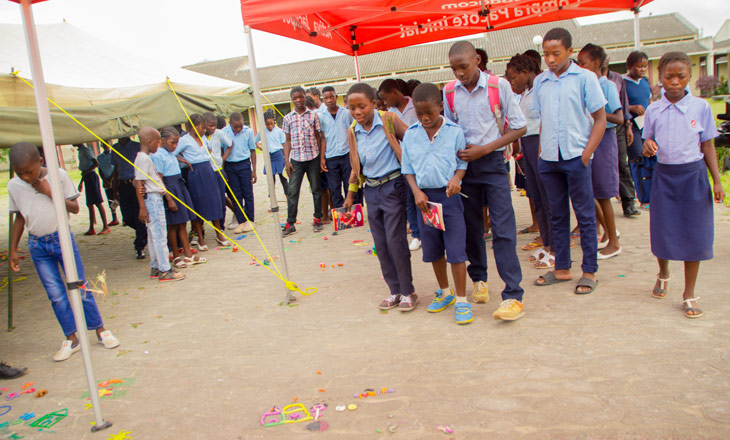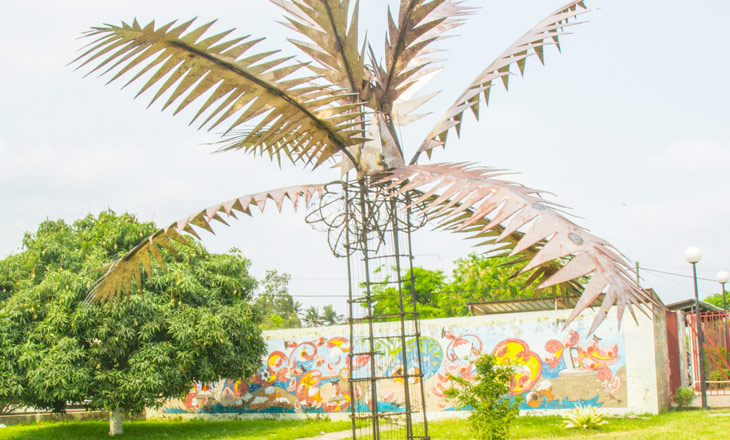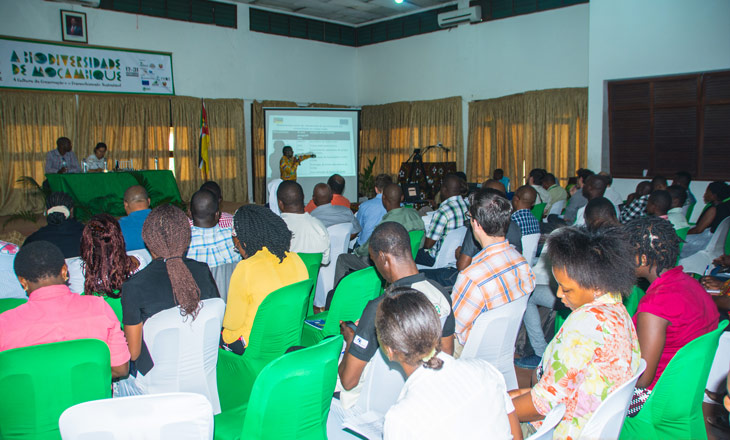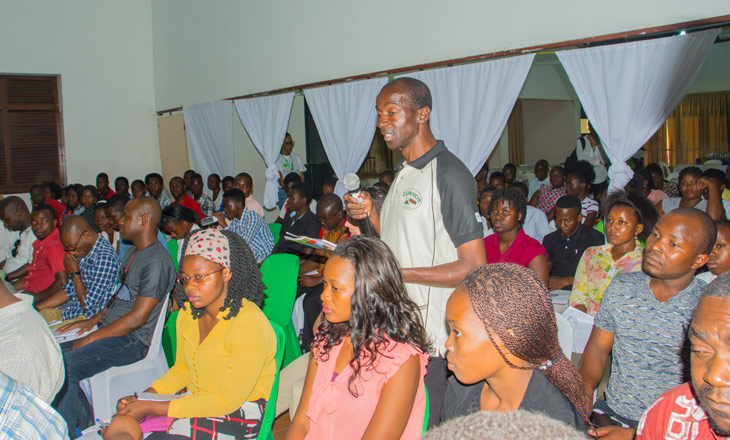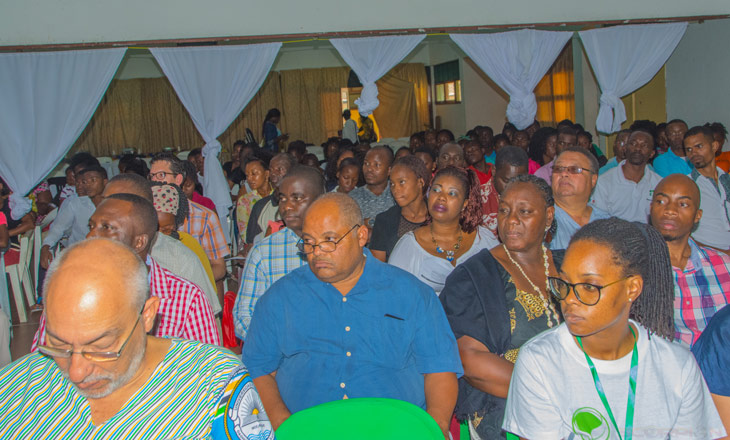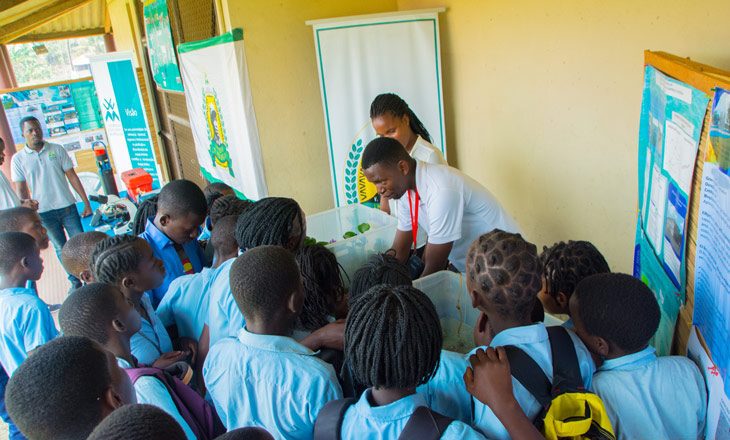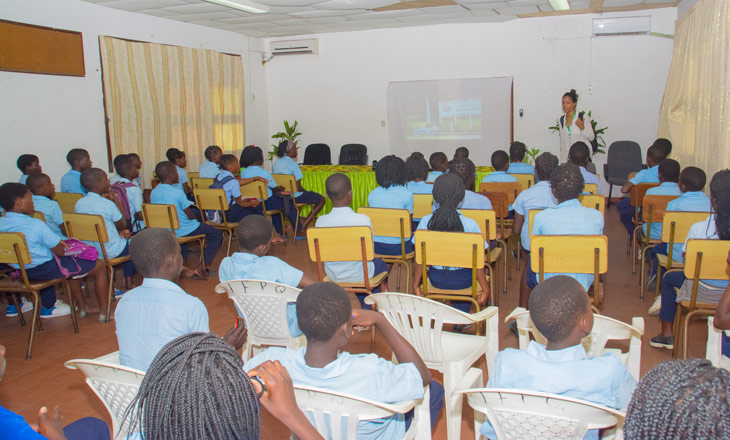The initiative aims to raise awareness among children and young people about the importance of biodiversity in Mozambique, with particular emphasis on Zambézia province. During this event students from various schools enjoyed participation in educational and recreational activities that stimulate the taste for art and imagination around biodiversity, as well as the visualization of educational films on the conservation of natural resources. The winner of the wild animal sound guessing game was also spotted, in which Lúcia Adelino Sitiman, from the Complete Elementary School of 1º and 2º Manhaua Expansão, will win a bicycle. Congratulations Lucia!
Published at 20/10/2017
The Culture of Conservation and Sustainable Development - Retrospective of the first 3 days of the Exhibition, Fair and Forum
The biodiversity fair in Zambézia was also held during 3 days, with the participation of about 15 exhibitors from various Government institutions, academia, NGOs and conservation and sustainable development projects.
The second day of the forum was attended by around 200 people from diverse areas related to biodiversity conservation,that participated in the Public Consultation Forum of the European Union Biodiversity Support Program in Mozambique, highlighting possible actions in Zambézia province.
Presentations and debates were held on different areas related to Biodiversity Conservation, with emphasis on the conservation programs in the Gilé National Reserve, the lethal yellowing of the coconut tree in Zambézia, the exploitation and conservation of the mangrove forests that are being deforested around Quelimane, conservation alternatives based on the experience of local communities, management of water resources in Milange, and the sustainable use of natural resources on Mount Mulange in Malawi where environments similar to Mozambique mirror experiences with positive and innovative results in which we can explore learning and synergies.
The third day of the forum had about 100 participants and covered themes of “Integrated Landscape Management in Zambézia” highlighting ongoing initiatives and projects on support to agriculture and private, sustainable projects, Standing Forest and REDD +, green governance initiatives the COSV and the CIS’s syntrophic agriculture as well as possible contradictions and conflicts in communities in the Conservation Areas. There was also information and debate on the ongoing work in support of communities and biodiversity in the Archipelago of the First and Second Islands, conducted by the WWF-Care Alliance. The variety of synergies and integrated work potential that emerged as a result of information sharing among these diverse initiatives has been very positive.
The exhibition is open to the public on a daily basis until 31 October, including presentations and mini-courses under the theme “Biodiversity for communities, children and young people” (see program here), as well as the screening of films and guided visits to the exhibition. This event, which goes on in its 3rd edition, has as a mascot the coconut tree, emblematic tree of Zambezia, which was made a permanent sculpture (by the students of the Visual Education course of the Pedagogic University) that is implanted in the place of the exhibition, in IFP-Q.

